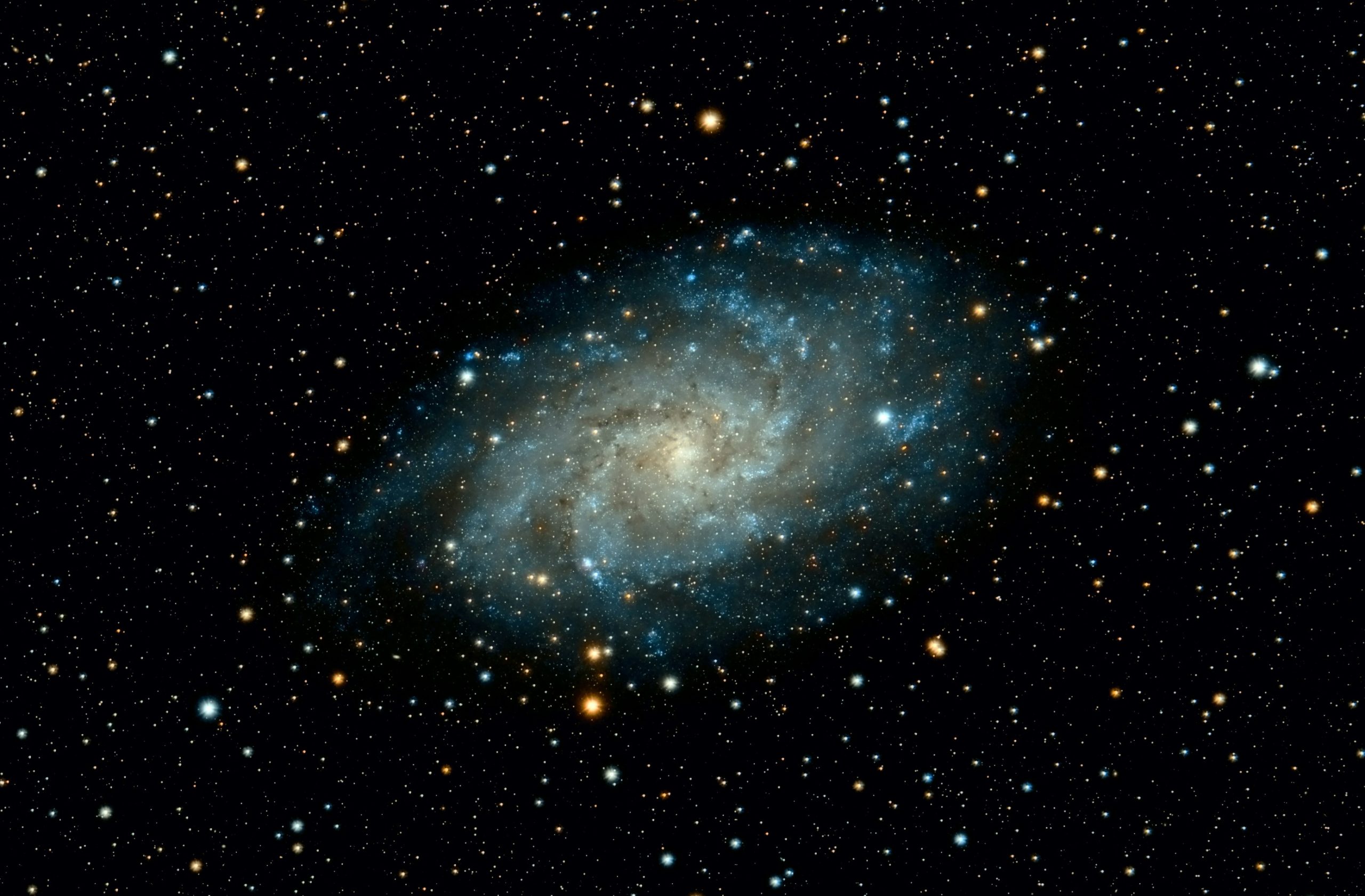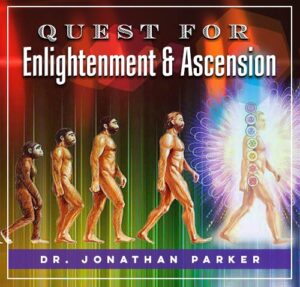What Is the Origin of the Universe?

Looking for more amazing products? Check out our online store and explore our collection here! Happy shopping!
Before diving in, please note: This post is for informational purposes only. If you’d like to know more about how we approach topics, feel free to check out our friendly Disclaimer Page.
Hey there, amazing readers! 
We’re committed to delivering quality posts, and your support (even just sticking around despite the ads) means everything to us. So, bear with us, and thanks for helping us keep the good vibes rolling. Now, on to the fun stuff!
TRANSLATE BUTTON AT THE END OF THE ARTICLE
A Quick Overview
The question regarding the origin of the universe has fascinated humanity for centuries.
From ancient myths explaining the cosmos to the scientific inquiries of modern astrophysics, we constantly seek to understand where we come from.
This article dives into the exciting exploration of the universe’s genesis, exploring the Big Bang theory, the components that make up our cosmos, and the expansive nature of space itself.
So, grab your imaginary space helmet, and let’s embark on this cosmic journey together!
The Big Bang Theory: A Cosmic Explosion Awaits!
The Big Bang theory is the leading explanation of how the universe began.
Picture this: around 13.8 billion years ago, everything we know was compressed into a hot, dense point no larger than a pinhead.
Then—boom!
A monumental explosion marked the universe’s birth, sending energy and matter hurtling outward.
This event wasn’t just a one-time flash in the sky; it set off a chain reaction that led to the formation of stars, galaxies, and everything else we see today.
You might wonder, how did scientists come to this conclusion?
Well, it all started with the observation of galaxies moving away from us.
In the 1920s, Edwin Hubble discovered that distant galaxies were receding, suggesting that the universe itself was expanding.
This finding kicked off a series of investigations, leading us to the Big Bang theory.
The cosmic explosion didn’t just scatter matter; it also created the very fabric of spacetime itself.
Not to mention, the theory aligns beautifully with the discovery of the Cosmic Microwave Background (CMB) radiation, which we’ll talk about later.
It’s like finding a leftover echo from that cosmic explosion, providing scientists with a glimpse into the universe’s infancy.
So, the Big Bang theory isn’t just a catchy name; it’s a fundamental concept that helps us understand our universe’s beginnings.
Journey Back in Time: How the Universe Began
To appreciate the universe’s origin, we need to think about time itself.
If we could hop into a time machine and travel back to the moments after the Big Bang, we’d witness a chaotic scene.
The universe was a fiery soup of particles, energy, and radiation, all in a state of flux.
It was not the serene cosmic landscape we gaze at today.
Within the first few moments after the Big Bang, fundamental particles like quarks and electrons began to form.
As the universe cooled, quarks combined to create protons and neutrons.
This rapid transformation laid the groundwork for the formation of atoms later on.
Just imagine being there—quarks dancing around, forming bonds, and setting the stage for everything from hydrogen to the stars!
As we zoom through this primordial chaos, we find ourselves at roughly three minutes post-Big Bang.
By this time, temperatures had cooled enough for protons and neutrons to come together and form the nuclei of the first simple elements, primarily hydrogen and helium.
It’s like watching a cosmic cooking show where the universe is the chef, mixing ingredients to create the first building blocks of matter.
From Nothing to Everything: The Birth of Space and Time
Before the Big Bang, there was no space or time as we know it.
Imagine trying to picture a universe devoid of everything – no stars, no planets, not even the concept of "when." It’s mind-boggling!
Explore the Path to Spirituality and Enlightenment – Start Here.
However, the Big Bang changed all that, giving birth not only to matter but also to the dimensions in which we live.
As the universe expanded, it also cooled.
This cooling allowed particles to combine and form atoms, which would eventually coalesce into the stars and galaxies that light up our night sky.
So, in a way, this expansion is akin to blowing up a balloon—the more you blow, the larger the balloon (or universe) grows!
Alongside the birth of matter, time emerged as well.
The beginning of the universe symbolized the starting point of time itself.
So every second you experience now can be traced back to that explosive moment.
It’s both exhilarating and humbling to think about how interconnected we are with that initial burst of energy.
Cosmic Ingredients: What Makes Up Our Universe?
What exactly is our universe made of?
It’s a delightful mix of ingredients!
The visible universe comprises stars, planets, and galaxies, but that’s just the tip of the cosmic iceberg.
An overwhelming majority of our universe—about 95%—is composed of dark matter and dark energy, two mysterious substances that we can’t see or fully understand.
Let’s break this down:
Baryonic Matter: This is the "normal" matter that makes up stars, planets, and us.
It constitutes about 5% of the universe.
Can you believe it’s such a small fraction?
Dark Matter: This elusive substance doesn’t emit light or energy, making it invisible.
However, its gravitational effects help keep galaxies intact.
It accounts for about 27% of the universe.
You can think of it as the glue holding everything together, even if we can’t directly observe it.
Dark Energy: This mysterious force makes up about 68% of the universe and is believed to be responsible for the accelerated expansion of the cosmos.
It’s like an invisible hand pushing the universe apart!
These cosmic ingredients interact in ways that shape the universe’s structure and evolution.
While we can see the stars twinkling in the night sky, the true nature of the universe’s composition remains a puzzle that scientists are eager to solve.
The Role of Dark Matter: The Universe’s Mysterious Glue
Dark matter is a real enigma.
Despite being a significant portion of the universe, we know very little about it.
One way scientists study dark matter is through its gravitational effects.
For instance, when observing the rotation of galaxies, we notice they spin faster than expected.
The presence of dark matter helps explain this discrepancy.
Imagine you’re spinning a pizza dough.
If the dough starts to fly off the edges, something must be holding it together.
That’s dark matter for galaxies!
It acts like an invisible anchor, keeping the stars from flying away as they whirl around the galactic center.
Interestingly, dark matter also plays a crucial role in the formation of structures in the universe.
As it clumps together due to gravity, it creates gravitational wells that attract normal matter.
This process spurs the birth of galaxies and clusters, allowing the universe to evolve into the intricate tapestry of cosmic structures we see today.
Scientists have proposed various candidates for dark matter, from weakly interacting massive particles (WIMPs) to axions.
Yet, no one has definitively identified it.
It’s like a cosmic scavenger hunt, and we’re all eager to find that elusive prize!
Cosmic Microwave Background: Echoes from the Past
The Cosmic Microwave Background (CMB) is one of the most significant pieces of evidence supporting the Big Bang theory.
Imagine a snapshot of the universe when it was just 380,000 years old—this is what the CMB represents.
It’s like finding an old family photo that reveals what everything looked like long ago.
The CMB is essentially the afterglow of the Big Bang, a relic of radiation that fills the universe.
When the universe cooled enough for atoms to form, light could finally travel freely.
This moment is known as "recombination." The faint glow we detect today is a remnant of that primordial light, uniformly distributed across the cosmos.
When scientists first discovered the CMB in the 1960s, it was a groundbreaking moment.
They had found evidence of the universe’s infancy, a tangible link to our cosmic origins.
The CMB is not just any ordinary light; it carries a wealth of information about the universe’s early conditions, leading to important insights about its age, composition, and overall structure.
Tuning into the CMB is like listening to a cosmic symphony.
It carries the notes of the universe’s birth, allowing us to decode its history and evolution.
So, every time you gaze at the night sky, remember that the light you see has its roots in a time when the universe was still finding its place.
The Formation of Galaxies: Stars Begin to Shine
As the universe expanded and cooled, regions of gas began to collapse under their gravity, eventually forming stars and galaxies.
Imagine tiny cosmic clumps of matter gathering like friends around a campfire, getting cozy and starting to shine.
These early stars were massive and hot, illuminating the darkness of space.
Over millions of years, the first stars exploded in supernovae, scattering their elements throughout the universe.
These explosions were not just dramatic; they were essential for enriching the cosmos with heavier elements like carbon, oxygen, and iron—crucial ingredients for planets and, eventually, life itself.
Galaxies began to take shape as stars grouped together, forming the elegant spirals and majestic ellipticals we see today.
Their interactions led to mergers and collisions, creating larger galaxies and triggering bursts of star formation.
This cosmic dance is ongoing, with galaxies continually evolving and interacting with one another.
It’s fascinating to think that the stars shining in our night sky have journeyed through billions of years of cosmic history.
Each star has a story, and every galaxy is a chapter in the grand narrative of the universe.
So next time you find yourself under a canopy of stars, remember: you’re gazing into the past.
The Expansion of the Universe: Growing Ever Larger
The universe isn’t static; it’s constantly expanding!
This idea, which first took root with Hubble’s observations, revolutionized our understanding of the cosmos.
Picture blowing up a balloon—the more you blow, the larger it becomes.
Similarly, the universe’s expansion pushes galaxies farther apart from one another.
This expansion means that the space between galaxies is increasing.
It’s not that galaxies are moving through space, but rather that space itself is stretching.
Can you fathom that?
It’s as if the universe is constantly creating more room for itself!
Interestingly, not all parts of the universe are expanding at the same rate.
Thanks to dark energy, this expansion is accelerating.
Dark energy acts like an invisible force pushing galaxies apart more vigorously as time goes on.
It’s like a cosmic turbocharger that’s gaining speed over time!
Scientists use various methods to measure the universe’s expansion, including observing supernovae and the redshift of distant galaxies.
The more distant a galaxy is, the faster it appears to be moving away from us.
This relationship is known as Hubble’s Law, and it provides invaluable insight into the universe’s age and expansion rate.
The Role of Gravity: Nature’s Force in Creation
Gravity is a fundamental force that shapes our universe.
It’s the invisible glue binding everything together—planets, stars, and galaxies.
Without gravity, there would be no galaxies, no stars, and certainly no life.
It’s the force that orchestrates the cosmic ballet we call the universe.
Gravity isn’t just about keeping us grounded on Earth; it plays a pivotal role in the formation of structures in space.
As matter clumps together under gravity’s pull, it creates denser regions that attract more material.
In essence, gravity is nature’s way of organizing the cosmos.
For example, when a giant cloud of gas and dust collapses under its own gravity, it initiates star formation.
The core of the collapsing cloud heats up, ultimately igniting nuclear fusion and creating a new star.
Gravity also governs the orbits of planets around stars and keeps galaxies bound together.
Furthermore, gravity is the reason we can predict celestial events like eclipses and the movements of satellites.
Understanding gravity allows us to navigate the cosmos, from launching spacecraft to exploring distant worlds.
It’s a powerfully simple force that has made the universe a more predictable and exciting place.
Multiverse Theories: Are There Other Universes?
As we delve deeper into the mysteries of the cosmos, some scientists propose the intriguing idea of a multiverse—an existence of multiple universes beyond our own.
Imagine a vast cosmic collection, each universe possessing its own unique laws of physics and initial conditions.
It’s a thought that sparks the imagination!
The multiverse concept arises from various scientific theories, including string theory and cosmic inflation.
According to inflation, our universe underwent rapid expansion just after the Big Bang, which could have led to bubble-like universes forming in a larger multiverse.
These bubbles might vary in size and properties, resulting in diverse environments.
While the multiverse remains speculative, it raises fascinating questions about our existence.
If there are countless other universes, what does that say about our own?
It’s a conversation starter that can lead to endless debates over coffee!
Even though we currently lack direct evidence for the multiverse, it challenges our understanding of reality.
After all, the universe is full of surprises, and who knows what else is out there, waiting to be discovered?
How Science Explains Our Cosmic Origins
Science has made remarkable strides in explaining our cosmic origins, but the quest is far from over.
The marriage of observation and theory continues to unravel the secrets of the universe.
Telescopes, particle accelerators, and advanced computer simulations provide us with tools to probe the cosmos’s past.
One notable landmark in our understanding is the discovery of gravitational waves—ripples in spacetime caused by violent cosmic events.
Their detection has opened new avenues for exploring the universe, allowing us to observe phenomena that were previously invisible.
Moreover, advancements in technology have enabled us to explore the universe in ways our ancestors could only dream of.
Space missions, like the Hubble Space Telescope and the James Webb Space Telescope, have captured breathtaking images and invaluable data, enhancing our comprehension of the cosmos.
However, science isn’t just about facts and figures; it’s also about curiosity and wonder.
Each discovery raises new questions, reminding us that we are on a journey of exploration.
The mystery of the universe invites us to keep asking, keep searching, and embrace the unknown.
Reflecting on Our Place: Humanity in the Universe
As we ponder the origin of the universe, it’s essential to reflect on our place within it.
We are tiny specks in a vast cosmic tapestry, yet we possess the unique ability to ask questions and seek understanding.
It’s a humbling thought!
Our existence is a testament to the intricate processes that unfolded over billions of years.
Consider how interconnected we are with the universe.
The elements that make up our bodies—carbon, oxygen, nitrogen—were forged in the cores of stars.
We are made of stardust!
This connection gives us a profound sense of belonging in the cosmos.
In this grand narrative, we are not just passive observers.
Humanity has the power to explore, learn, and innovate.
Our quest for knowledge drives us to venture into space, seeking to understand our origins and the potential for life beyond our planet.
So, the next time you gaze up at the night sky, remember that you’re not just looking at stars; you’re witnessing a story that began long before us and will continue long after.
Embrace your role in this cosmic adventure, and let your curiosity guide you!
Conclusion
The origin of the universe is a tale woven with threads of mystery, discovery, and wonder.
From the explosive birth of the cosmos to the intricate dance of galaxies, each chapter in this story reveals the complexity of existence.
As we explore the universe, we uncover not only the secrets of our past but also the potential for our future.
Embrace the journey of understanding, and remember: we are all part of this grand cosmic adventure!

The Enlightenment Journey is a remarkable collection of writings authored by a distinguished group of experts in the fields of spirituality, new age, and esoteric knowledge.
This anthology features a diverse assembly of well-experienced authors who bring their profound insights and credible perspectives to the forefront.
Each contributor possesses a wealth of knowledge and wisdom, making them authorities in their respective domains.
Together, they offer readers a transformative journey into the realms of spiritual growth, self-discovery, and esoteric enlightenment.
The Enlightenment Journey is a testament to the collective expertise of these luminaries, providing readers with a rich tapestry of ideas and information to illuminate their spiritual path.
Our Diverse Expertise
While our primary focus is on spirituality and esotericism, we are equally passionate about exploring a wide range of other topics and niches 

To ensure we provide the most accurate and valuable insights, we collaborate with trusted experts in their respective domains 
Our blog originally focused on spirituality and metaphysics, but we’ve since expanded to cover a wide range of niches. Don’t worry—we continue to publish a lot of articles on spirituality! Frequently visit our blog to explore our diverse content and stay tuned for more insightful reads.
Hey there, amazing reader! 
Check out our store here and take a peek at some of our featured products below! Thanks for being awesome!













